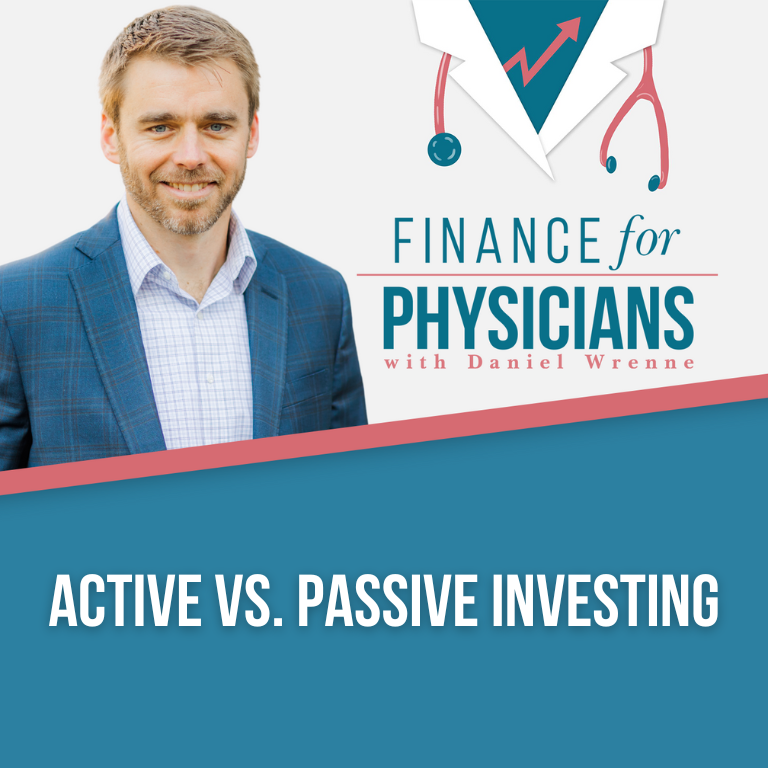This is a guest post from Miranda Marquit, a financial journalist. She writes for a number of publications about subjects related to money. You can read more of her writing at PlantingMoneySeeds.com.
One of the best ways to build wealth over time is to invest. The earlier you begin investing, the longer compound interest will work on your behalf, and the more time you’ll have to recover from mistakes and market downturns.
When you start investing, it’s important to understand the difference between active and passive investing. Being able to know what works best for you is the first step to making better decisions for you and your money.
What is Active Investing?
Active investing mainly deals with investments that you have to monitor regularly in order to stay on top of the situation. Day trading is a type of active investing that requires your attention. Active investing involves making regular trades and paying attention to when you want to buy and sell an asset. Other types of active trading can include options trading and forex trading. Active trading is usually characterized by an interest in picking the “right” investments, knowing when to buy them, and knowing when to sell them (in the hopes of making a profit). While active trading can be profitable when done well, there are pitfalls involved:
- Market timing can be difficult, and you might be more likely to buy high and sell at a loss.
- In some cases, active trading accounts can cost more because you have to pay transaction fees more often.
- It can be tempting to make up for a series of active trading losses by looking for one “big score” – and some investors borrow to try and make it happen.
In many cases, active investing doesn’t make a lot of sense, especially when you are young and starting out. Active investing requires a certain degree of knowledge, as well as discipline. It can make more sense to start out with a more passive approach to investing when you are young and have limited resources.
Using Passive Investing Techniques
Passive investing, on the other hand, requires that you take a more laid back approach to investing. With passive investing you focus more on asset allocation and making regular contributions to an investment account. The idea behind passive investing is to take a more “set it and forget it” approach to build wealth over time by focusing on the long term.
One of the best ways to get started with passive investing is to use dollar-cost averaging to invest in index mutual funds or index ETFs. Rather than trying to pick the “right” individual stocks, you invest in a group of securities that have similar characteristics. It’s even possible to invest in an all-market index fund that follows the performance of the market a whole, so the performance of individual stocks isn’t as important.
With this type of passive investing, you determine how much you can set aside each month and you invest that regularly in a fund of your choosing. Your monthly contribution buys shares of the fund and continues to grow over time. In many cases, fees are low, as are transaction costs, so your expenses aren’t eating into your real returns.
It’s also possible to get help from a financial advisor to help you set up an allocation so that some of your monthly investment goes to stocks index funds and some goes to bond index funds so you have a degree of diversity. Once you have your allocation set up, you are pretty much on automatic as your money is withdrawn from your account each month and invested according to your plan.
Over time, you can experience increased growth in your portfolio if you choose index funds that pay dividends and automatically reinvest them. This passive approach isn’t as exciting, but you have a better chance of building your nest egg consistently over time.
As you consider which style works best for you, evaluate how much time you have to spend worrying about trading, and how much you can afford to lose. In many cases, the passive works better to save money, and to avoid emotion-fueled losses.
